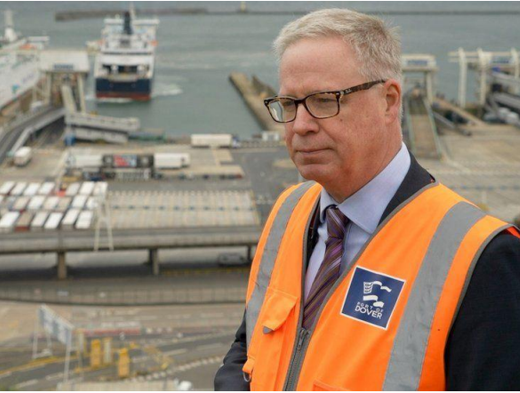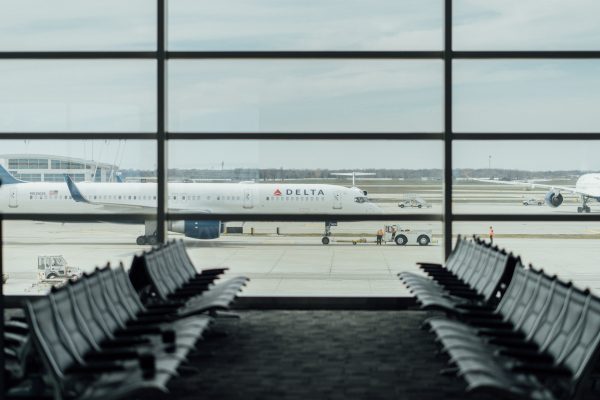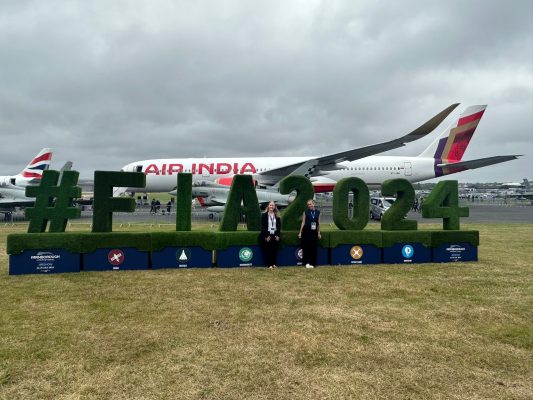Every two years, a business aviation airport in Hampshire plays host to the world’s largest players in commercial aerospace and defence. Billions of pounds worth of deals are debated, signed and announced amid jaw-dropping fighter jet displays that echo across the skies.
Farnborough International Airshow is also a microcosm of wider industry issues and offers a fascinating glimpse into the efforts of PR and marketing teams to influence the news agenda. Here’s some of our key takeaways from the 2024 event.
- Supply chain problems haven’t eased (yet). Aircraft delivery delays and parts and labour shortages still dominate the headlines showing the long-term effect of the pandemic is still lingering in the aviation industry. During these times, it’s important for business leaders to remain transparent and genuine in their interactions with the media, resisting the urge to paint a rosy picture when the data shows otherwise. Kudos, therefore, to Tufan Erginbilgic, the chief executive of Rolls-Royce who gave a frank description of how challenging the next two years could be for aviation, as Riyadh Air’s Tony Douglas said manufacturers today were moving past a denial phase, towards greater honesty.
- Net-Zero could get knocked off course by aircraft delivery delays reported The Financial Times, as airlines are forced to fly older, less fuel-efficient planes while they wait for next generation aircraft to join their fleet. Multiple aviation brands made sustainability announcements at Farnborough, but the public is still keen to see greater action as their tolerance for ‘greenwashing’ wears thin. While there’s no magic solution for the race to Net Zero, it’s encouraging to see manufacturers investing in scaling up Sustainable Aviation Fuel (SAF), and recognising that they must spend hard cash to drive change.
- Boeing came out fighting, but there’s a long road ahead. The embattled OEM led on aircraft orders until Thursday of the show when Saudi Arabia’s Flynas announced a 90-strong order with Airbus. With Boeing still deep in crisis (see our blog on this here) and constrained by its production cap, the future of the ‘duopoly’ was a hot topic for airshow journalists as they looked to growing interest in Embraer and COMAC. Herein lies an opportunity for those with an ‘underdog story’, particularly if backed up by growing sales figures or data on emerging travel trends. Disruptor brands take note.
- Excitement builds for eVTOLs but ‘flying taxis’ are still a way off. Full scale examples were on display from Joby, Supernal, Eve Air Mobility, Lilium and others, but independent analysts say it will still be at least a decade or more before we see Electrical Vertical Take-Off & Landing aircraft (eVTOLs) at scale. Keeping PR momentum over several years is undoubtedly a challenge, especially in today’s media landscape where we rapidly consume news and stories die fast. The key is balance over saturation and highlighting milestones along the way to create opportunities for media to see and experience progress. The race for the next generation of aviation technology is very much a marathon, not a sprint.
- Women pilots are on the up, but there’s a long way to go revealed the UK Civil Aviation Authority (CAA) as it reported a 34% increase in licenses issued to women in 2023. However, having been the only woman on my shuttle bus home from the airshow one day last week, it’s clear gender diversity remains an issue across aviation. To quote Billie Jean King, “you have to see it to be it,” so if the industry is serious about increasing representation then we must see a greater number of women in public facing roles, highlighting their strength and achievements. Trade events like Farnborough Airshow offer a great opportunity for panel participation and speaking slots, showing the next generation that women have every right to a seat at the table.









